Big cats have fascinated humans for millennia with their grace, power, and enigmatic nature. From the roaring lion to the elusive snow leopard, these apex predators are often seen as symbols of wild, untamed beauty. But beyond their enchanting presence, do big cats serve as the ultimate ambassadors for wildlife conservation? This article delves into the complexities of big cats’ roles in conservation, exploring their impact, challenges, and contributions to global efforts to protect our planet’s biodiversity.
The Charisma of Big Cats

The allure of big cats lies not just in their majestic appearance but also in their charismatic persona. Lions, tigers, leopards, and other big cat species captivate the public imagination, making them ideal candidates for raising awareness about wildlife conservation. Their striking features and symbolic status help draw attention to broader conservation issues, engaging a diverse audience in the conversation.
Key Species in Ecosystem Regulation

Big cats play a crucial role in maintaining the balance of their ecosystems. As apex predators, they help control herbivore populations, which in turn influences vegetation growth and overall ecosystem health. This regulatory function underscores their importance within their habitats and highlights the need for their conservation as integral components of ecological networks.
Cultural and Economic Significance

In various cultures, big cats are emblematic of strength and courage, with their images appearing in art, folklore, and religious iconography. Economically, they contribute to local communities through ecotourism, drawing visitors keen to see these magnificent creatures in the wild. Such tourism generates substantial revenue, which can be reinvested in conservation initiatives, showcasing their dual cultural and economic value.
Conservation Status and Threats
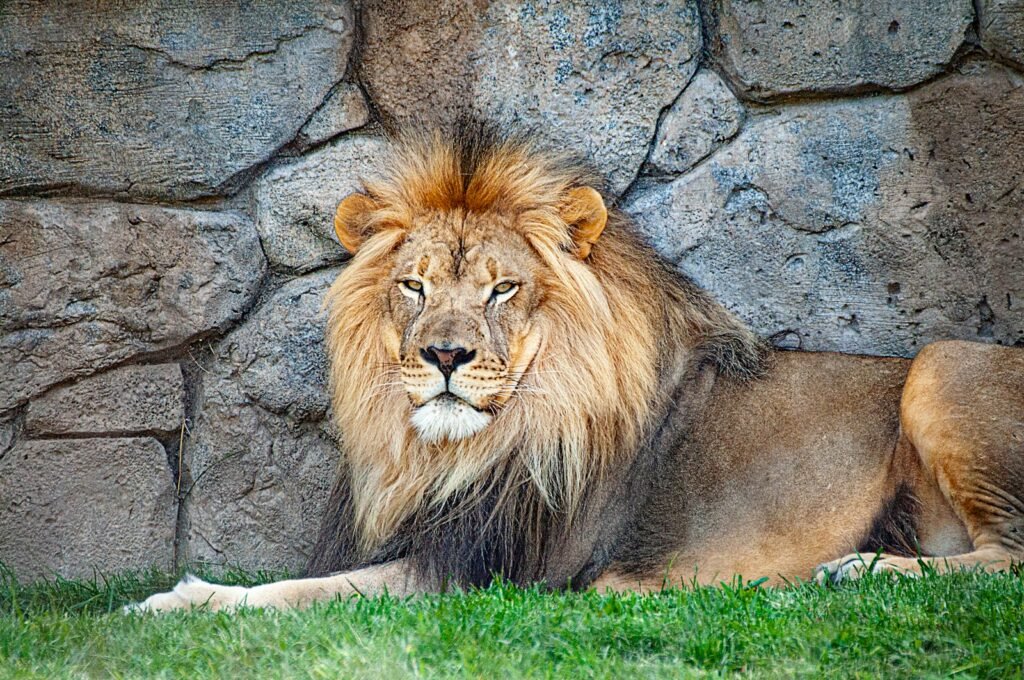
Despite our fascination, many big cat species face severe threats from habitat destruction, poaching, and human-wildlife conflict. The International Union for Conservation of Nature (IUCN) categorizes several big cat species as endangered or vulnerable, emphasizing the need for targeted conservation efforts. Understanding these challenges is essential for developing effective strategies to protect these iconic animals.
Conservation Initiatives and Success Stories

Various organizations and governments have launched initiatives aimed at conserving big cat populations. Programs focused on habitat restoration, anti-poaching measures, and conflict mitigation have shown promise, with some success stories emerging. For example, tiger populations in certain reserves have rebounded due to these dedicated efforts. Such initiatives highlight the potential of well-coordinated conservation strategies.
The Role of Technology in Big Cat Conservation
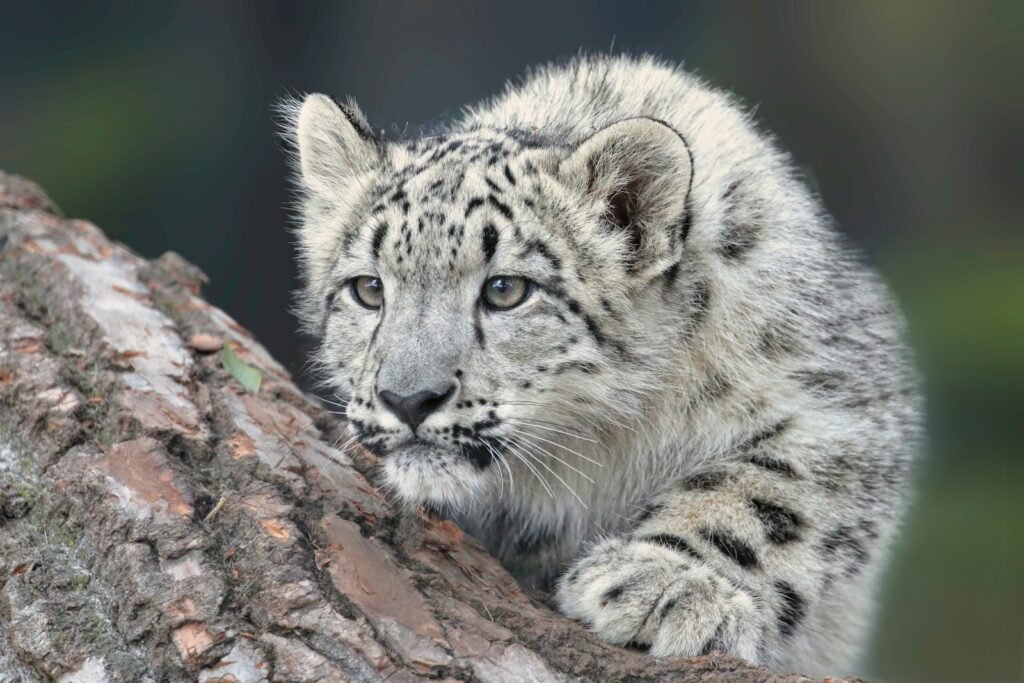
Technological advancements are revolutionizing conservation practices. GPS tracking collars, camera traps, and drones provide invaluable data on big cat movements, behaviors, and population dynamics. These tools enhance researchers’ ability to monitor and protect these species more effectively, marking a significant step forward in wildlife conservation.
Engaging the Public: Education and Awareness
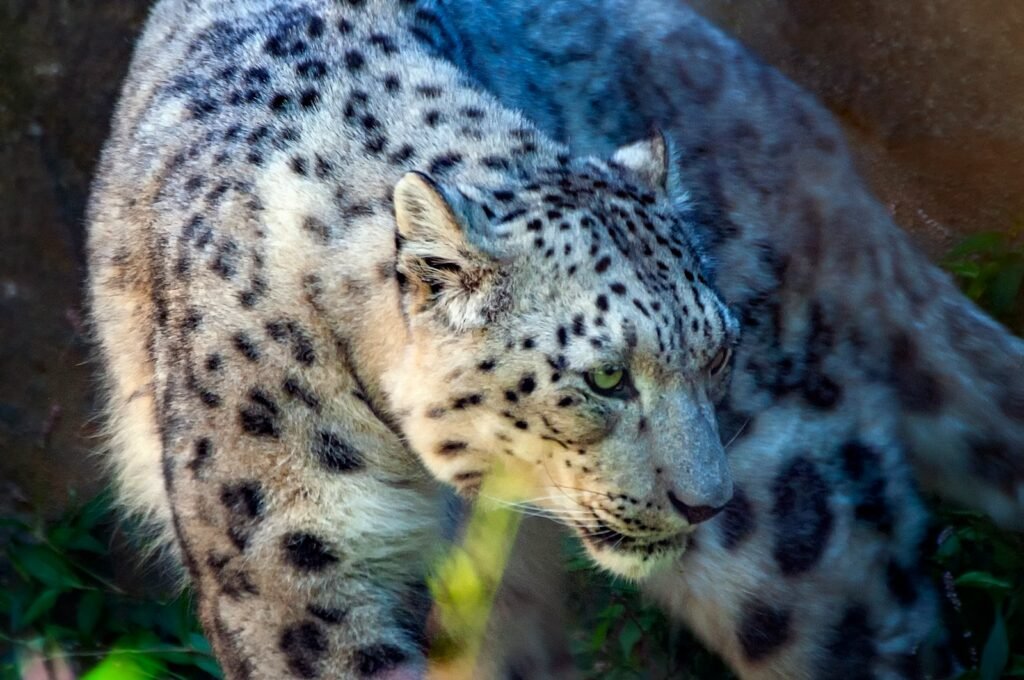
Public engagement is pivotal for successful conservation efforts. Educational programs and awareness campaigns help demystify big cats and promote understanding of their ecological roles. Engaging storytelling and compelling media content can inspire people to take action, fostering a collective responsibility for wildlife conservation.
The Ethical Dimension of Big Cat Conservation

Conserving big cats also raises ethical considerations, particularly concerning their captivity and the impact of human interventions. Balancing the needs of these species with those of human populations requires thoughtful consideration of ethical principles, ensuring that conservation practices respect animal welfare and community rights.
Challenges and Future Directions
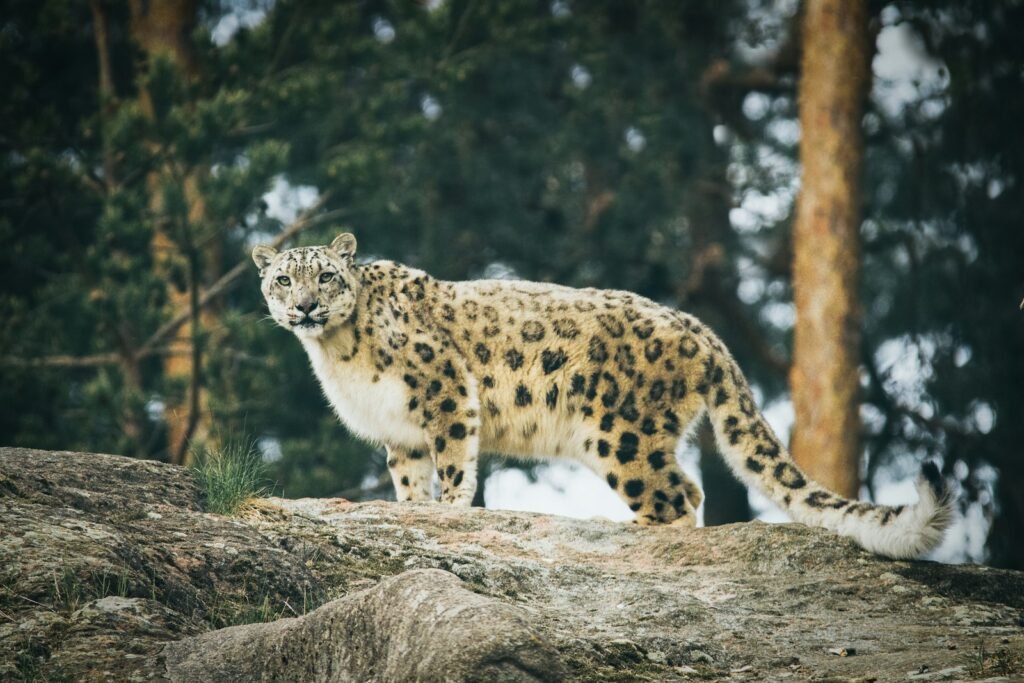
Looking ahead, the future of big cat conservation hinges on addressing ongoing challenges such as climate change, habitat encroachment, and funding shortages. Collaborative efforts that involve local communities, scientists, and policymakers are essential for devising sustainable solutions that secure a future for both big cats and their habitats. Encouragingly, the growing recognition of the interconnectedness of biodiversity and human well-being may galvanize further action.
Conclusion: Big Cats as Conservation Ambassadors
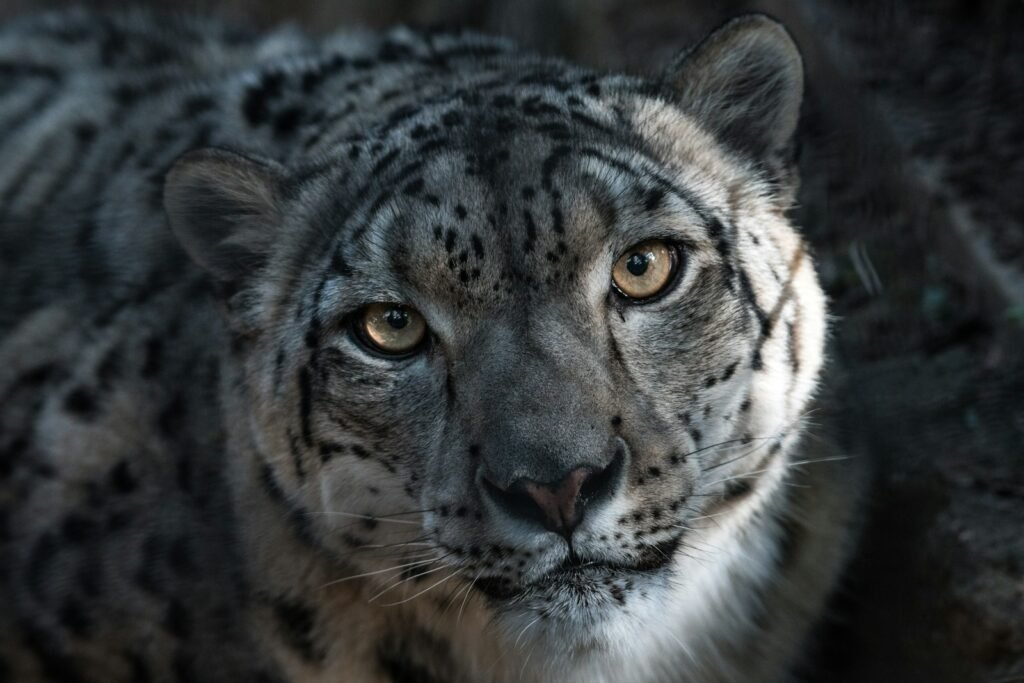
In summary, while big cats certainly captivate and inspire, their role as the ultimate ambassadors for wildlife conservation is multi-faceted. They are not only icons of natural beauty but also keystones in their ecosystems and catalysts for conservation efforts worldwide. By protecting big cats, we are not only preserving these majestic creatures but also the intricate web of life that supports them. Their survival is intrinsically linked with the health of our planet, making them compelling symbols in the quest for biodiversity conservation.
Hi, I’m Bola, a passionate writer and creative strategist with a knack for crafting compelling content that educates, inspires, and connects. Over the years, I’ve honed my skills across various writing fields, including content creation, copywriting, online course development, and video scriptwriting.
When I’m not at my desk, you’ll find me exploring new ideas, reading books, or brainstorming creative ways to solve challenges. I believe that words have the power to transform, and I’m here to help you leverage that power for success.
Thanks for stopping by, Keep coming to this website to checkout new articles form me. You’d always love it!






